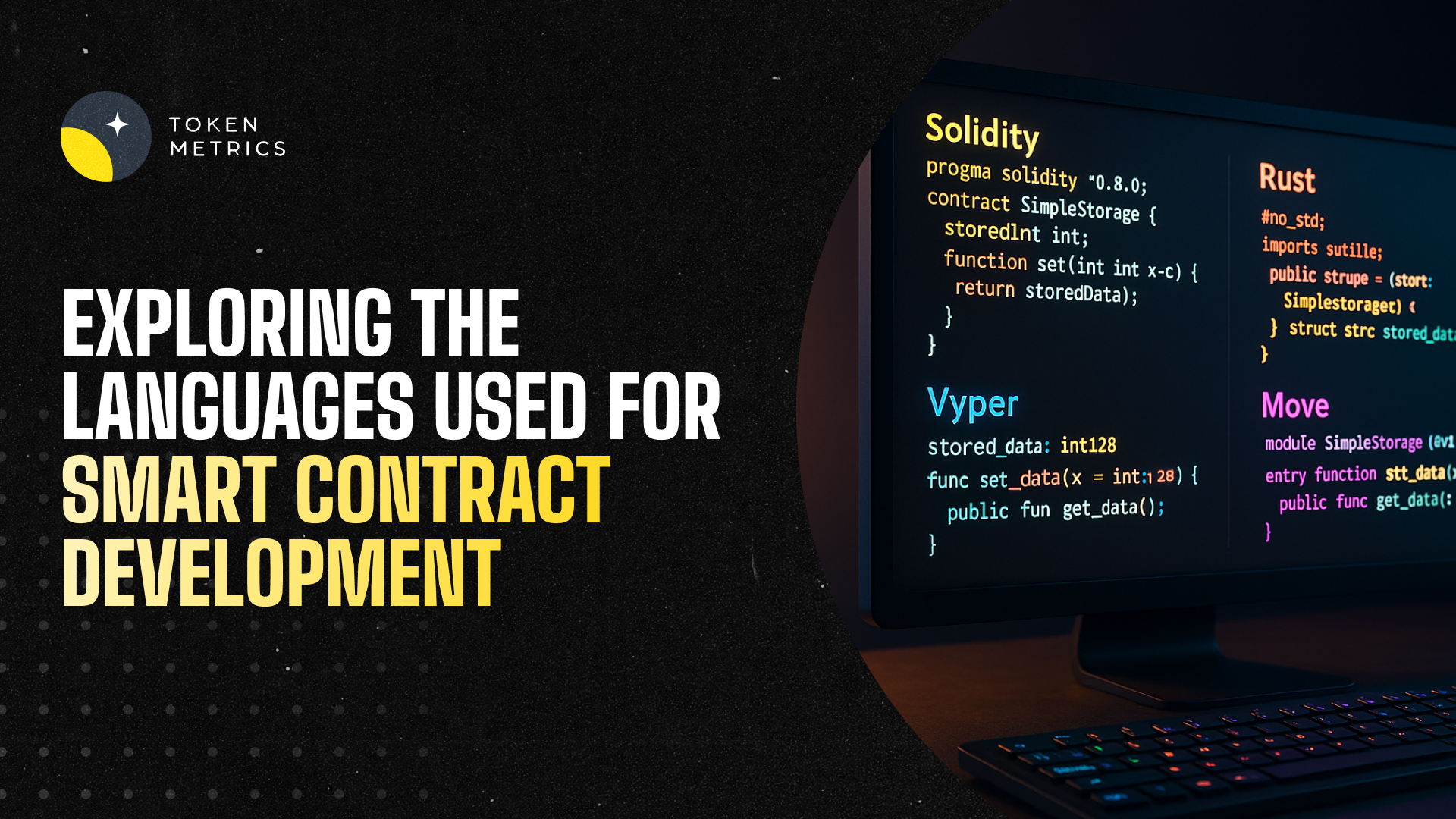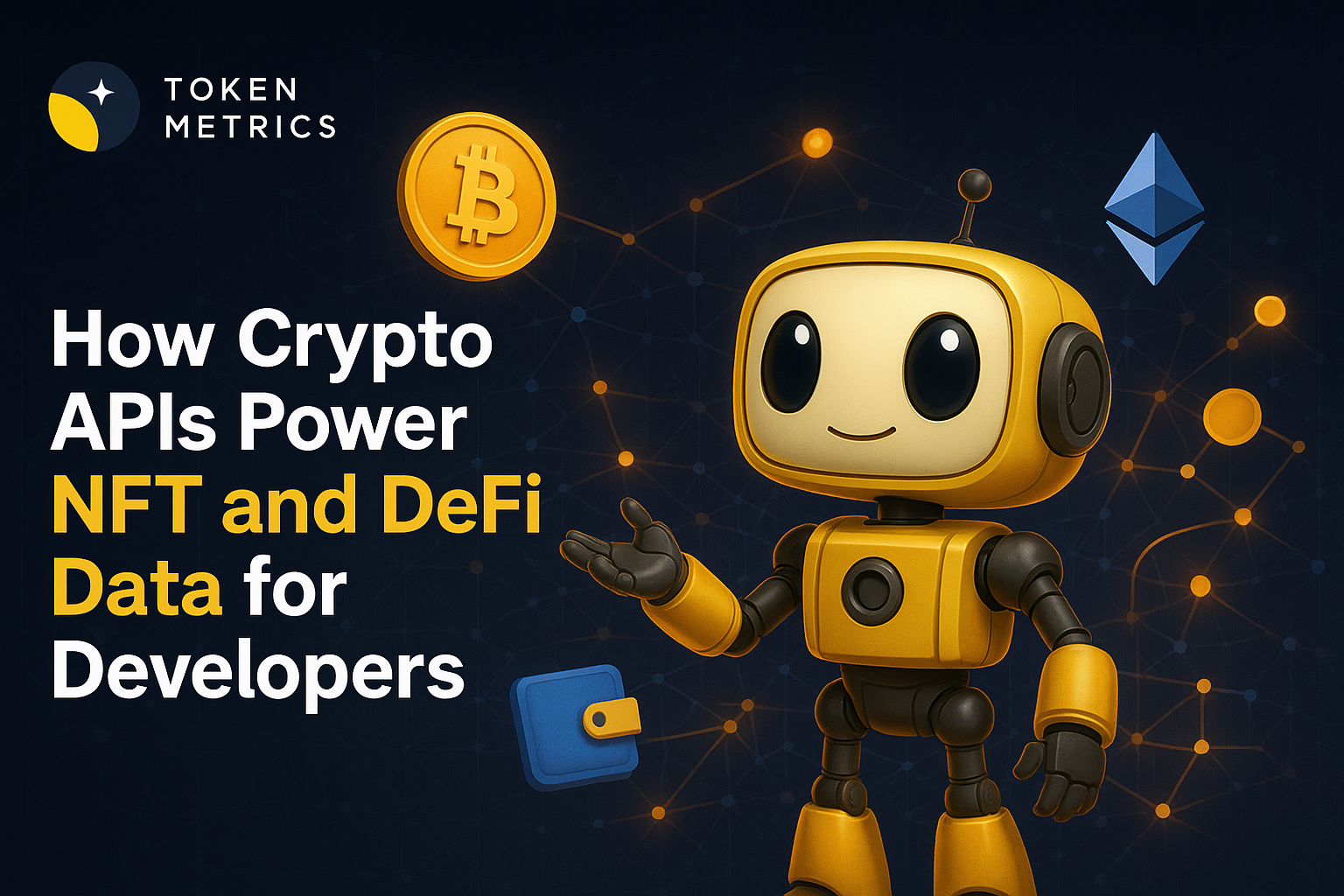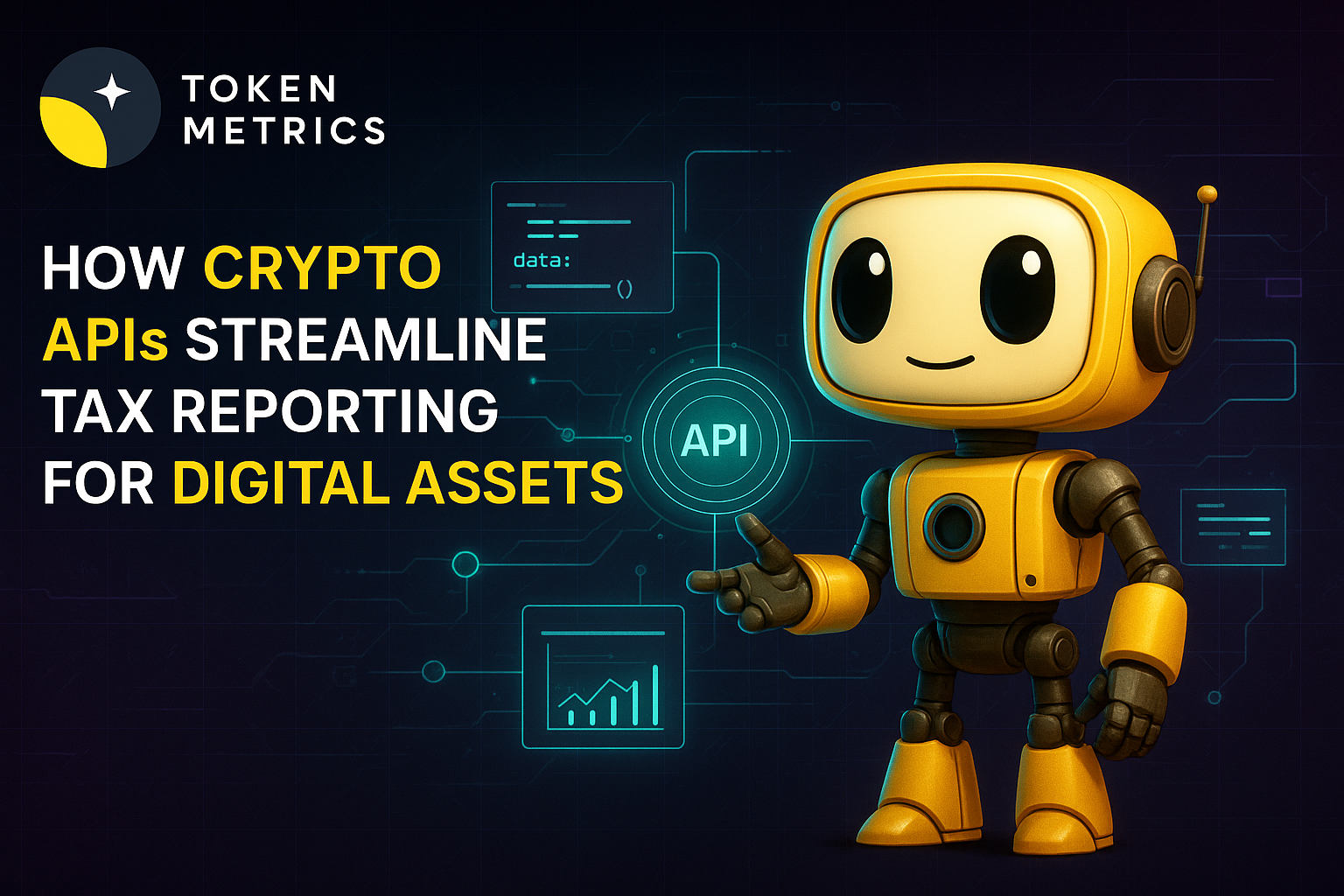Exploring the Languages Used for Smart Contract Development

Introduction
Smart contracts have become an integral part of blockchain technology, enabling automated, trustless agreements across various platforms. Understanding what languages are used for smart contract development is essential for developers entering this dynamic field, as well as for analysts and enthusiasts who want to deepen their grasp of blockchain ecosystems. This article offers an analytical and educational overview of popular programming languages for smart contract development, discusses their characteristics, and provides insights on how analytical tools like Token Metrics can assist in evaluating smart contract projects.
Popular Smart Contract Languages
Smart contract languages are specialized programming languages designed to create logic that runs on blockchains. The most prominent blockchain for smart contracts currently is Ethereum, but other blockchains have their languages as well. The following section outlines some of the most widely-used smart contract languages.
- Solidity: Often considered the standard language for Ethereum smart contracts, Solidity is a high-level, contract-oriented language similar in syntax to JavaScript and influenced by C++ and Python. It is statically typed and supports inheritance, libraries, and complex user-defined types. Solidity is compiled into EVM (Ethereum Virtual Machine) bytecode executable on Ethereum and compatible blockchains.
- Vyper: Developed as an alternative to Solidity, Vyper emphasizes simplicity, auditability, and security. With a syntax inspired by Python, it is designed to be more readable and to reduce the potential for errors in contract code, though it currently has fewer features than Solidity.
- Rust: Rust is gaining popularity especially on blockchains like Solana, Near, and Polkadot. It is a systems programming language known for safety and performance. Rust smart contracts tend to be compiled to WebAssembly (Wasm) bytecode, enabling cross-chain compatibility and faster execution on supported platforms.
- Michelson: Michelson is a low-level stack-based language used to write smart contracts on Tezos blockchain. It is designed for formal verification, allowing high-security guarantees which is important for mission-critical applications.
- Move: Move is a language developed by Facebook's Diem project and adapted by blockchains like Aptos and Sui. It offers resource-oriented programming to handle digital assets safely and efficiently.
- Clarity: Used primarily on the Stacks blockchain, Clarity is a decidable language, which means actions of the contract can be predicted and verified before execution. It favors safety and transparency.
Criteria for Language Selection
Developers evaluate smart contract languages based on various factors such as security, expressiveness, ease of use, and compatibility with blockchain platforms. Below are some important criteria:
- Security Features: Languages like Vyper and Michelson prioritize simplicity and formal verification to minimize vulnerabilities.
- Community and Ecosystem: Solidity benefits from a large developer community, extensive documentation, and extensive tooling which facilitates easier development and auditing.
- Performance Efficiency: Languages compiled to Wasm such as Rust-based smart contracts can offer superior speed and reduced resource consumption.
- Formal Verification and Auditing: Languages that support rigorous mathematical verification methods help ensure contract correctness and prevent exploits.
- Interoperability: The ability of a smart contract to work across multiple blockchains enhances its utility and adoption.
Overview of Leading Smart Contract Languages
Solidity remains the dominant language due to Ethereum's market position and is well-suited for developers familiar with JavaScript or object-oriented paradigms. It continuously evolves with community input and protocol upgrades.
Vyper has a smaller user base but appeals to projects requiring stricter security standards, as its design deliberately omits complex features that increase vulnerabilities.
Rust is leveraged by newer chains that aim to combine blockchain decentralization with high throughput and low latency. Developers familiar with systems programming find Rust a robust choice.
Michelson’s niche is in formal verification-heavy projects where security is paramount, such as financial contracts and governance mechanisms on Tezos.
Move and Clarity represent innovative approaches to contract safety and complexity management, focusing on deterministic execution and resource constraints.
How AI Research Tools Support Smart Contract Analysis
Artificial Intelligence (AI) and machine learning have become increasingly valuable in analyzing and researching blockchain projects, including smart contracts. Platforms such as Token Metrics provide AI-driven ratings and insights by analyzing codebases, developer activity, and on-chain data.
Such tools facilitate the identification of patterns that might indicate strong development practices or potential security risks. While they do not replace manual code audits or thorough research, they support investors and developers by presenting data-driven evaluations that help in filtering through numerous projects.
Practical Considerations for Developers and Analysts
Developers choosing a smart contract language should consider the blockchain platform’s restrictions and the nature of the application. Those focused on DeFi might prefer Solidity or Vyper for Ethereum, while teams aiming for cross-chain applications might lean toward Rust or Move.
Analysts seeking to understand a project’s robustness can utilize resources like Token Metrics for AI-powered insights combined with manual research, including code reviews and community engagement.
Security should remain a priority as vulnerabilities in smart contract code can lead to significant issues. Therefore, familiarizing oneself with languages that encourage safer programming paradigms contributes to better outcomes.
Conclusion
Understanding what languages are used for smart contract development is key to grasping the broader blockchain ecosystem. Solidity leads the field due to Ethereum’s prominence, but alternative languages like Vyper, Rust, Michelson, Move, and Clarity offer different trade-offs in security, performance, and usability. Advances in AI-driven research platforms such as Token Metrics play a supportive role in evaluating the quality and safety of smart contract projects.
Disclaimer
This article is intended for educational purposes only and does not constitute financial or investment advice. Readers should conduct their own research and consult professionals before making decisions related to blockchain technologies and smart contract development.
Create Your Free Token Metrics Account

.png)




%201.svg)
%201.svg)


%201.svg)










.svg)




.png)